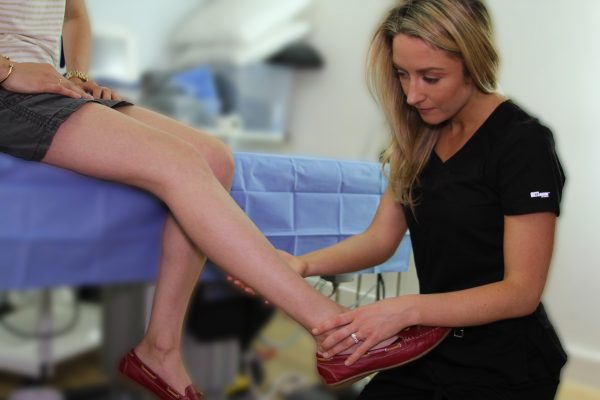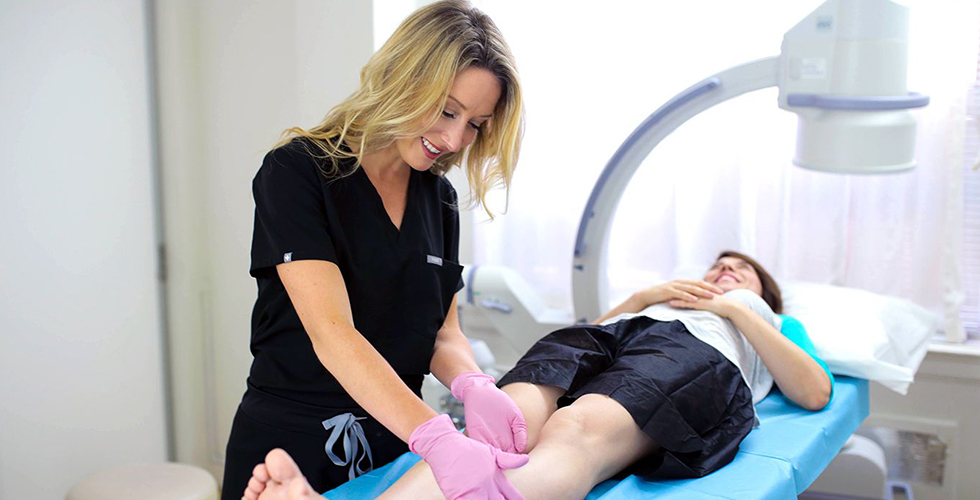Varicose veins are enlarged, twisted, entangled, damaged blood vessels that allow blood backflow. Veins function to carry deoxygenated blood back to the heart. As it requires pressure against gravity, the valve of the veins gets damaged or inflated. This causes venous insufficiencies namely spider veins, varicose veins, and others.

For many people, varicose veins have no symptoms and are simply a cosmetic concern. While in some cases, the signs are visible;
- Large twisted veins that are visible on the skin surface
- There is swelling on the ankles and feet
- The heaviness of the legs
- Pain, throbbing and cramping in the legs
- Itchiness and discoloured skin
- Swollen blood vessels easily visible on the skin
You must see a doctor ASAP if you see any such signs or symptoms.
Varicose Vein Causes:
Varicose veins are generally seen in women but can happen to anyone, at any age. The chances of varicose veins increase with increasing age. Weak and damaged valves of the veins due to excess pressure are the main cause of the varicose vein.
The veins in the legs work against gravity, hence they need to apply pressure to direct blood to the heart. The valves inside the vein open to help the flow of the blood and close to keep blood flowing backward. If the valves are weak, blood can pull itself back thus causing veins to swell and create a blood clot various other issues. Normally the veins are elastic when damaged they lose their elasticity. This creates an overstretched vein and makes the blood to backflow. This way veins get bigger and inflated causing varicose veins.
Varicose vein risk factors include older age or a family history of a varicose vein; pregnancy; overweight; vitamin, calcium or mineral deficiencies; and leg trauma or accident.
Varicose Vein Treatment:
Doctors often diagnose varicose veins based on a physical test. Some procedures are used to find out the extent of the problem.
The treatment for varicose veins includes lifestyle changes and medical procedures;
- Sclerotherapy is the most common and widely used procedure to treat varicose veins. The treatment uses a chemical agent that is inserted into the veins causing irritation and scarring inside the vein and veins collapse soon after.
- Laser therapy uses light rays that heat up the damaged veins which fade away soon after. It is mostly used to treat smaller varicose veins.
- EVLT uses thermal energy to create heat to close off a varicose vein.
- Surgery is usually used to treat severe cases of varicose veins and spider veins. It uses ѕtrірріng or “phlebectomy” methods for the removal of varicose veins.
- Compression stockings are used to release pressure on the legs and to direct the blood up towards the heart.
Varicose Veins Before And After; varicose veins put you at risk for complications like high blood pressure or heart diseases, skin ulcers and more hence the treatment becomes very important. Treatments also help fade away the symptoms such as pain, swelling, and fatigue and help prevent further complications.

No comments:
Post a Comment